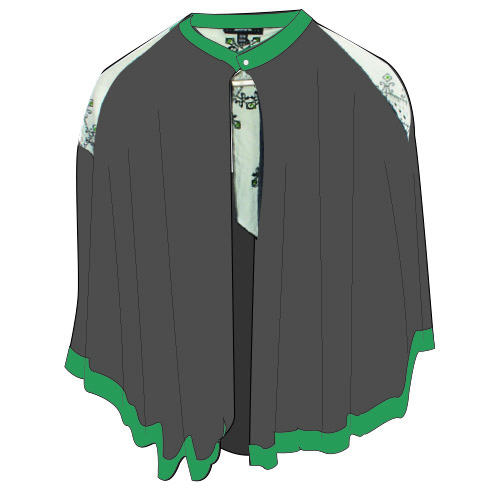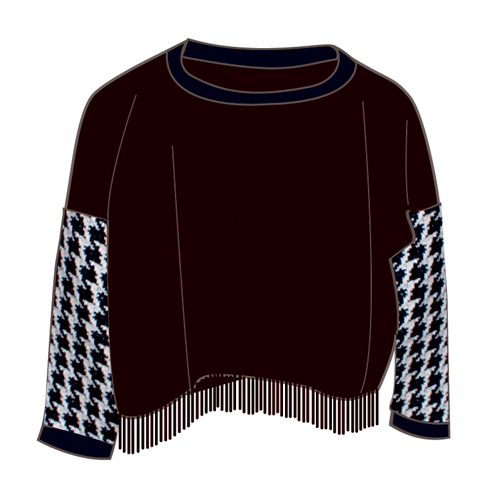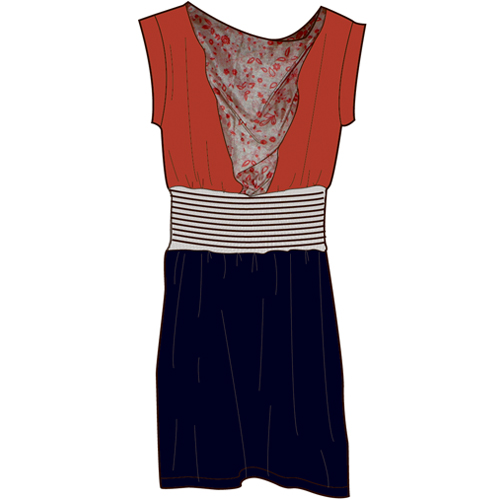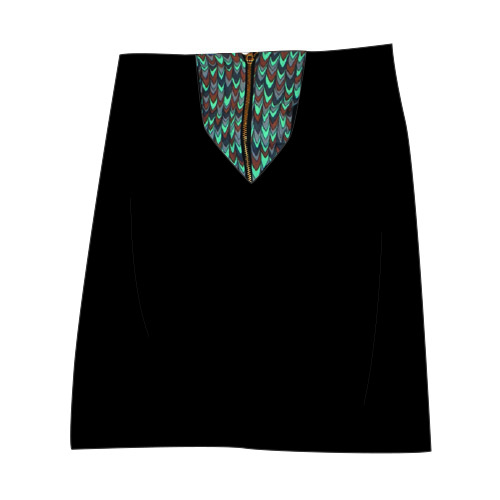Earlier this year, I interviewed 14 Antiform customers as part of my PhD research at the University of Brighton. My aim to find out ways in which clothing can be designed so that we want to wear them for longer. This is important, because in a government-funded report by WRAP (2012), it was found that extending the active life of garments can offer the biggest savings overall in carbon, water and waste footprints (even when compared with best practices in production and fibre choice, laundry and re-use and recycling!). And this is absolutely essential, considering the damage the fashion industry is causing to our planet.
We wanted to find out: which items do Antiform customers hang onto the longest? And why? Antiform garments are designed to appeal to their customers season after season – but what happens in reality? These insights will not only help Antiform create clothes that are used for longer but also help other designers and companies in doing so! So a HUGE thank you for those of you who have sacrificed their precious time to share your clothing stories with me. This can help challenge our throwaway culture in fashion and find new, innovative solutions.
So just who are the people who have taken part and what can we learn from them?
All 14 participants were female and between 26 and 40 years of age. Here the similarities end. They were based across the country: London, Manchester, Sheffield, Halifax and Cardiff. About half were involved in fashion as retailers, designers, managers, academics or stylists; the rest were made up of an artist, a teacher, a nutritional therapist, a librarian, an accountant and a doctor. Quite a spread of professions then!
Why Antiform?
I wanted to know what it was people particularly liked about Antiform. Clearly, their clever designs and colourful prints were the main draw. Two participants only found out that Antiform uses locally sourced waste fabrics during a browse around the Here Today Here Tomorrow shop. Most participants, however, know Antiform well and put their purchase down to a combination of the ethos, ethics and aesthetics of Antiform, describing them as fun, timeless, graphic, bold and versatile. Quality is important, too: clothes made here in the UK from such high-end materials would normally be unaffordable. Also, the small production runs mean customers can set themselves apart from the crowd with unique statement pieces. One interviewee was so impressed with Antiform’s creative use of waste fabrics that it inspired her to salvage donated wedding dresses to make her own.
“It’s a bit Mighty Boosh. I imagine it’s something you’d wear at a festival. It’s definitely something you put on if you’re expecting to have fun.”








